When are we going back to the office? Are we going back to the office? When we go back to the office, how will things be different?
For those of us in the interactive security and smart home industries, these are some of the questions in the minds of employees. And, while answers will differ by circumstance, according to the New York Times, 80%+ of companies are planning on a hybrid work arrangement with employees back at the office 3 days per week.
In addition to a hybrid work schedule, here are other possible changes per the New York Times:
- Expanded gathering spaces: Face-to-face interactions is definitely one thing Zoom can’t replicate… so offices will expand meeting spaces to facilitate safe collaboration.
- Tech for hybrid work: With many employees choosing to work remotely full time, expect more large screens, digital whiteboards, 360-degree cameras, top-tier sound equipment, and potentially holograms to make it feel like people are physically present.
- Flexible furniture: Larger common areas will require movable tables, carts, and partitions for different arrangements.
- Touchless everything: Moving through buildings will be a hands-free experience with turnstiles, doors, and elevators operated by sensors, voice, and apps.
- Hot desks: Hybrid work arrangements also mean fewer people in the office and the need for fewer individual workstations. Desks will be up for grabs and have to be reserved in advance.
“While remote-work levels will fall, they could still be four to five times what they used to be in the past, and this has important implications for the workforce.”
Anu Madgavkar, McKinsey Global Institute partner
We also want to share some interesting insights found by Andrea Alexander, Aaron De Smet, Meredith Langstaff, and Dan Ravid of McKinsey & Company. Hopefully, these insights will help security and smart home integrators, manufacturers and partners in deciding how you’ll move forward with your post-pandemic workplace strategy.
They start their article with the following:
“While productivity may have gone up, many employees report feeling anxious and burned out. Unless leaders address the sources of employee anxiety, pandemic-style productivity gains may prove unsustainable in the future. That’s because anxiety is known to reduce job satisfaction, negatively affect interpersonal relationships with colleagues, and decrease work performance.
“Our survey results make the source of anxiety clear: employees feel they’ve yet to hear enough about their employers’ plans for post-COVID-19 working arrangements. Organizations may have announced a general intent to embrace hybrid virtual work going forward, but too few of them, employees say, have shared detailed guidelines, policies, expectations, and approaches. And the lack of remote-relevant specifics is leaving employees anxious.”
Then, the authors address a list of these helpful insights {we highly recommend reading the source article, as well}:
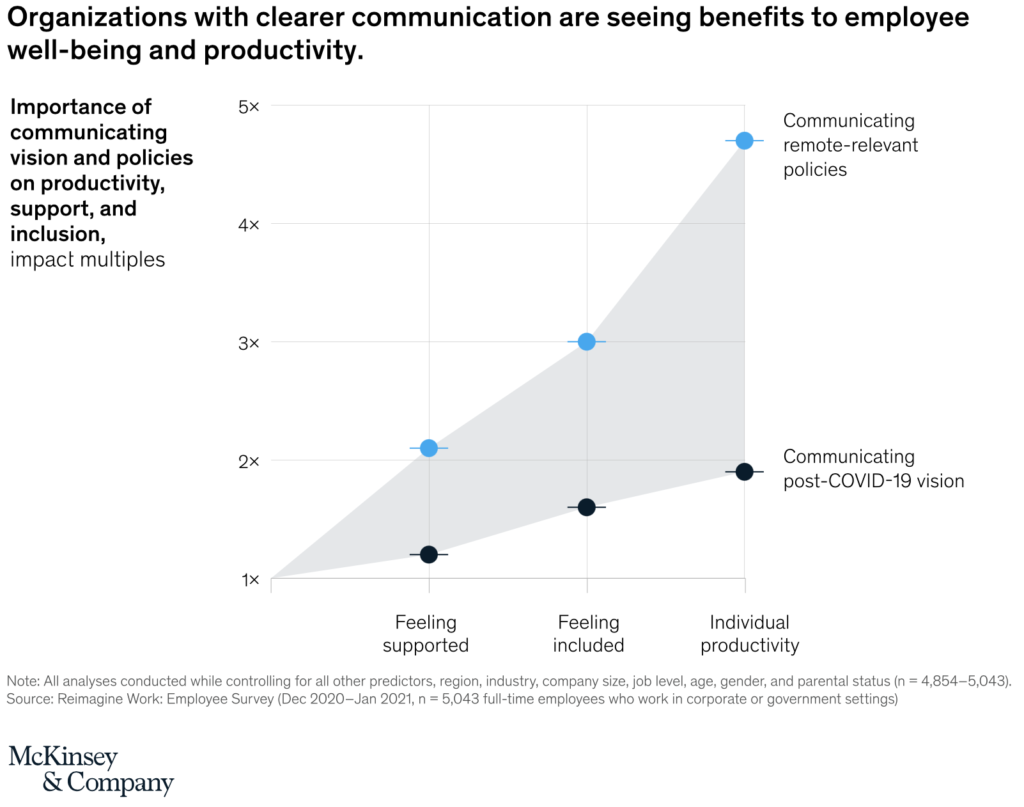
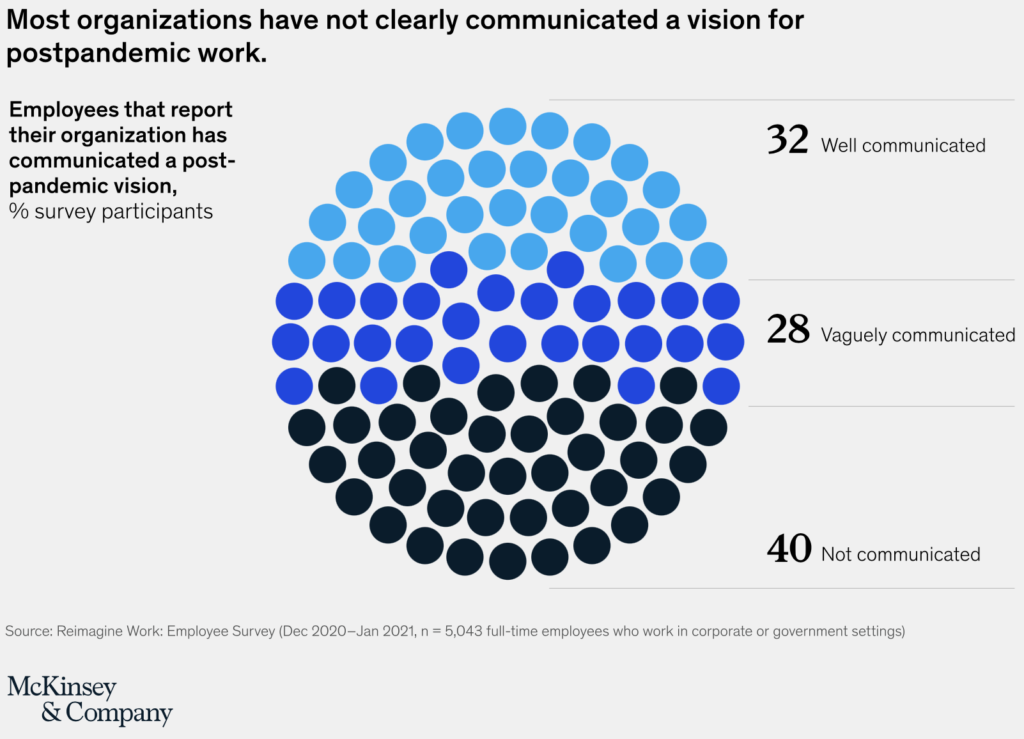
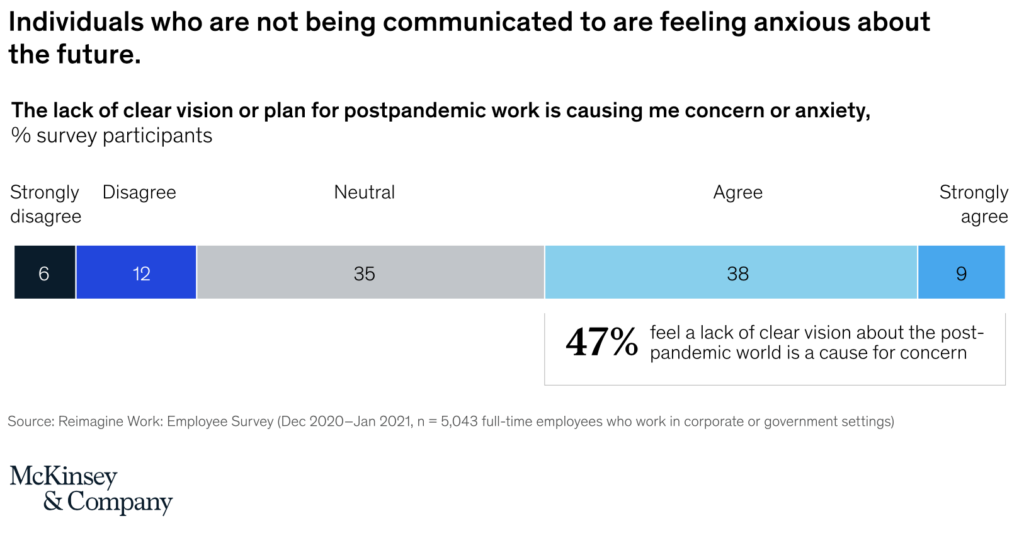
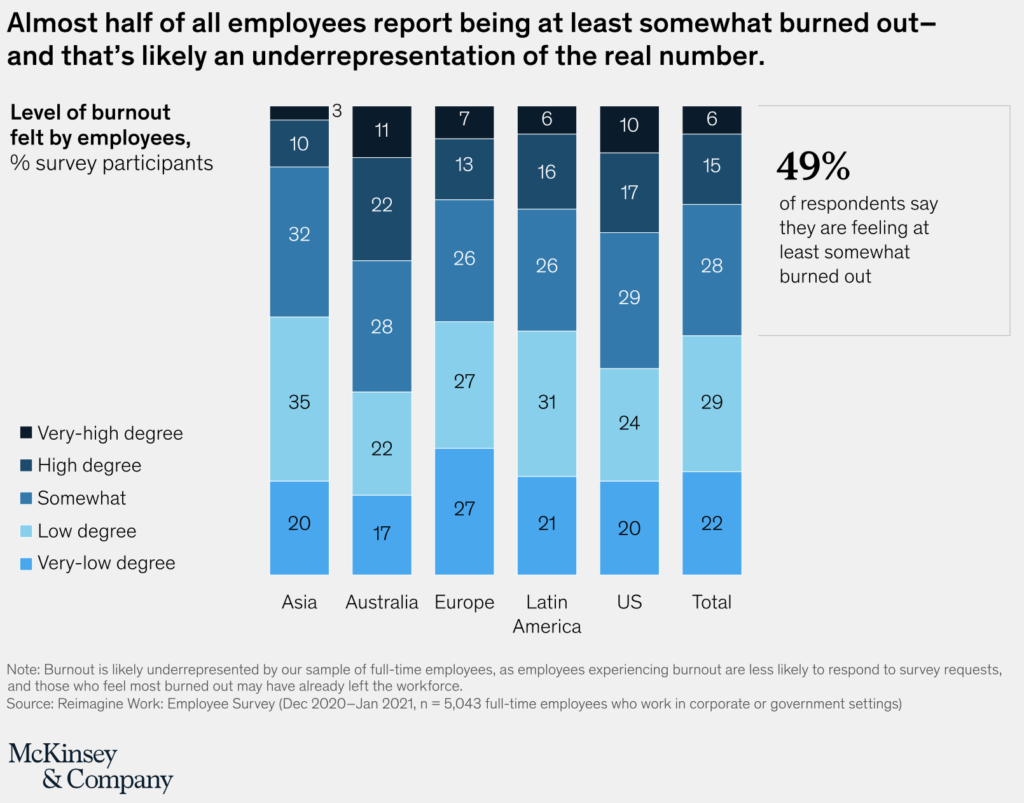
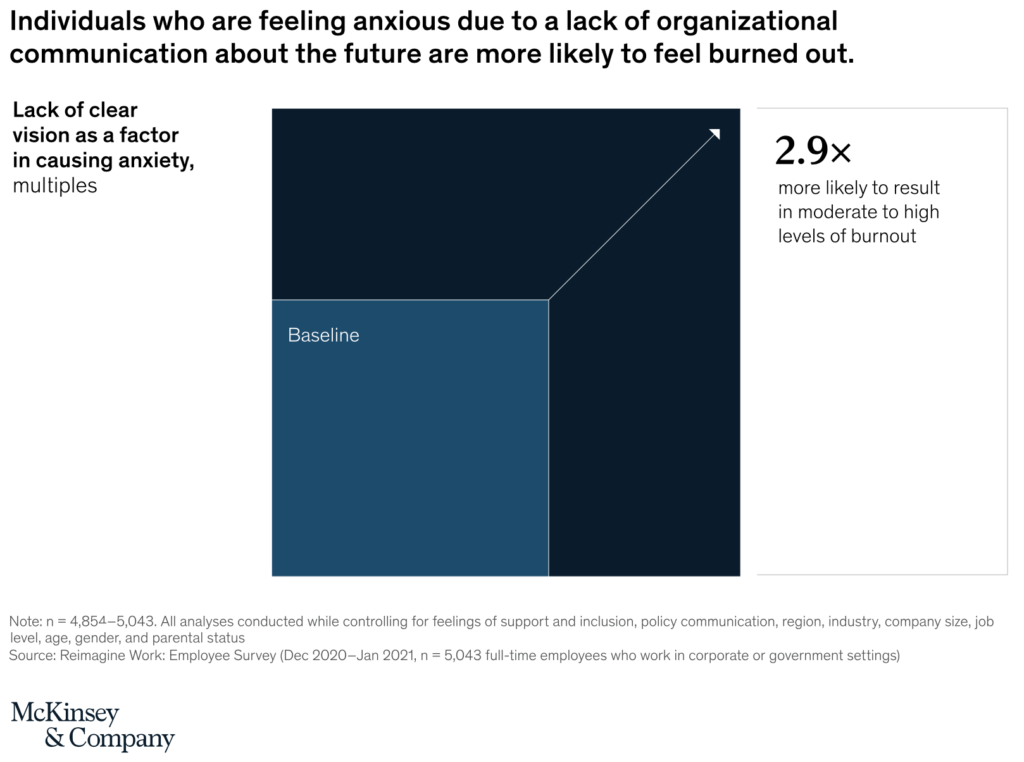
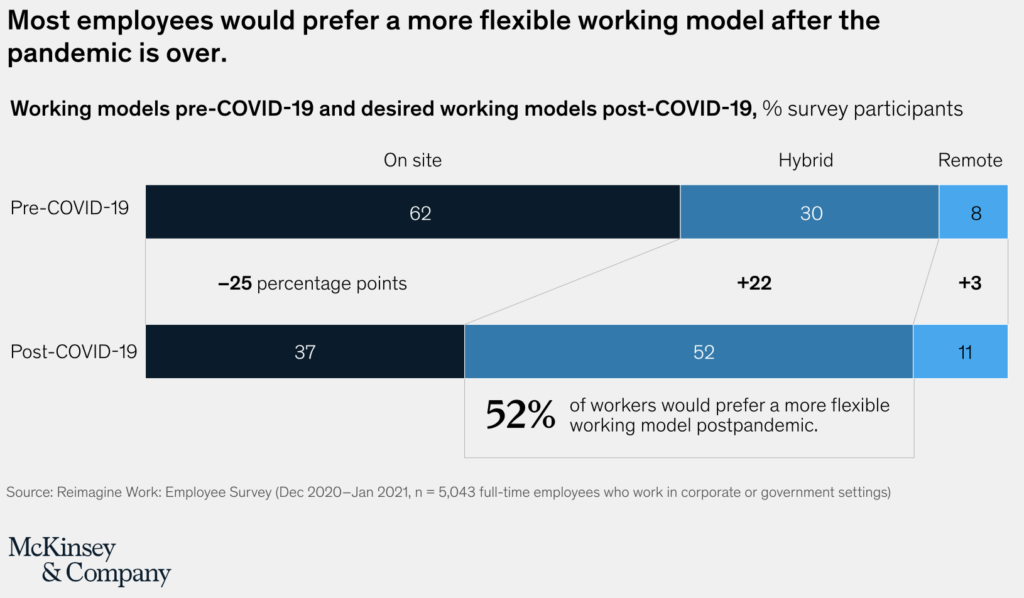
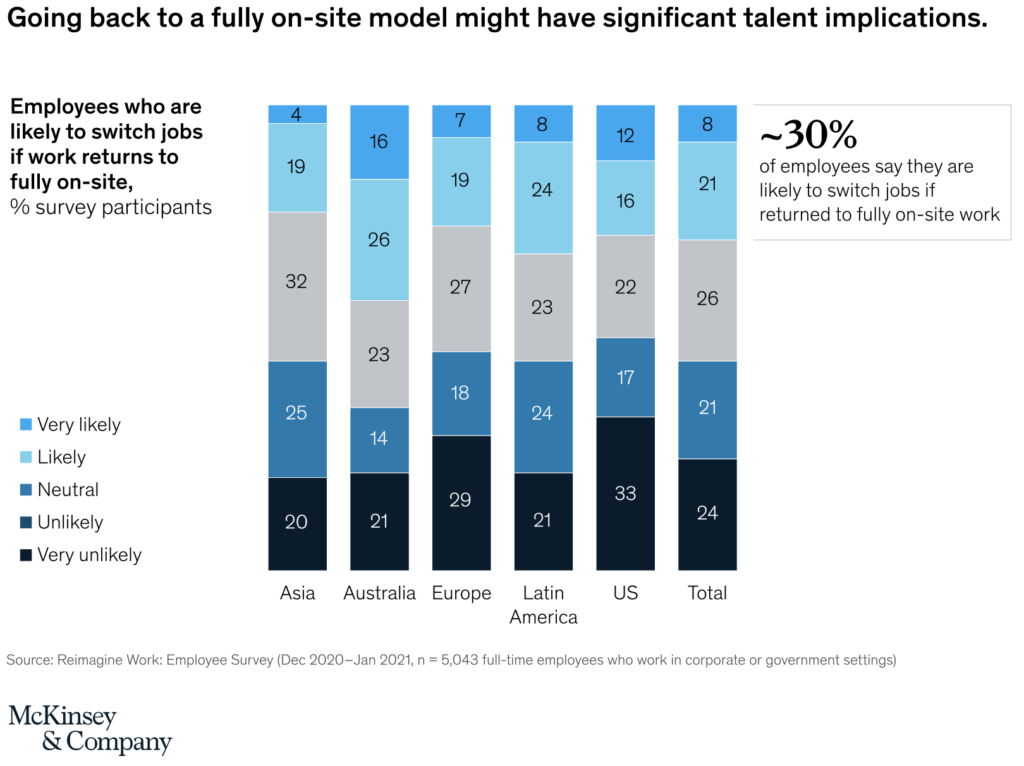
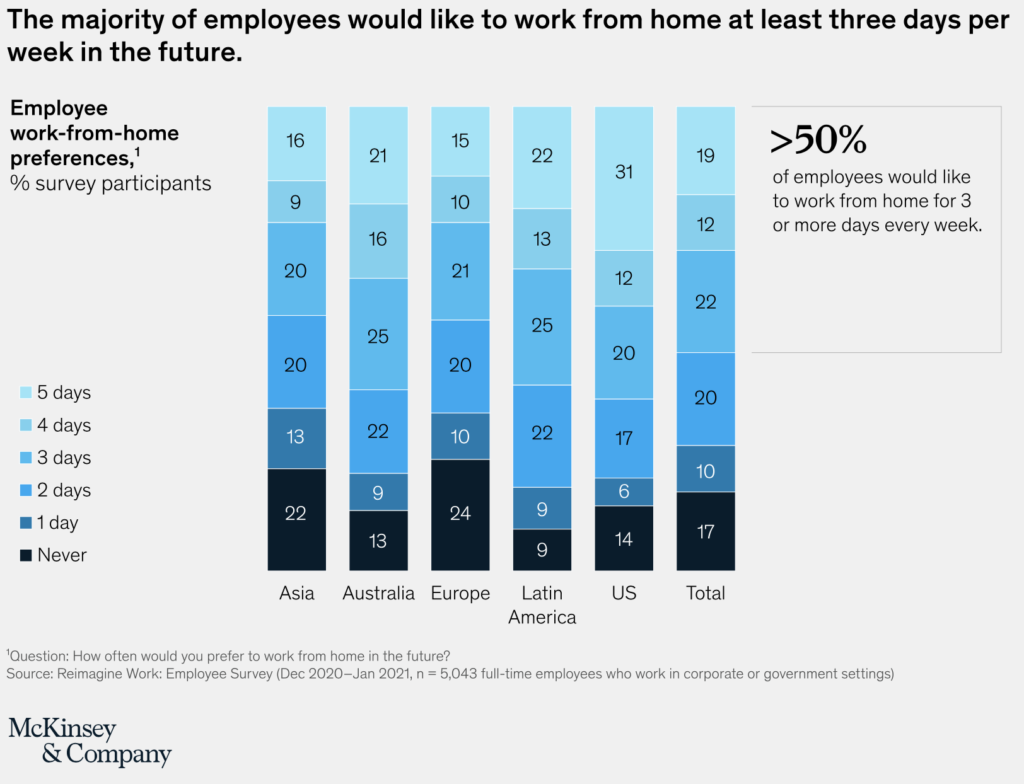
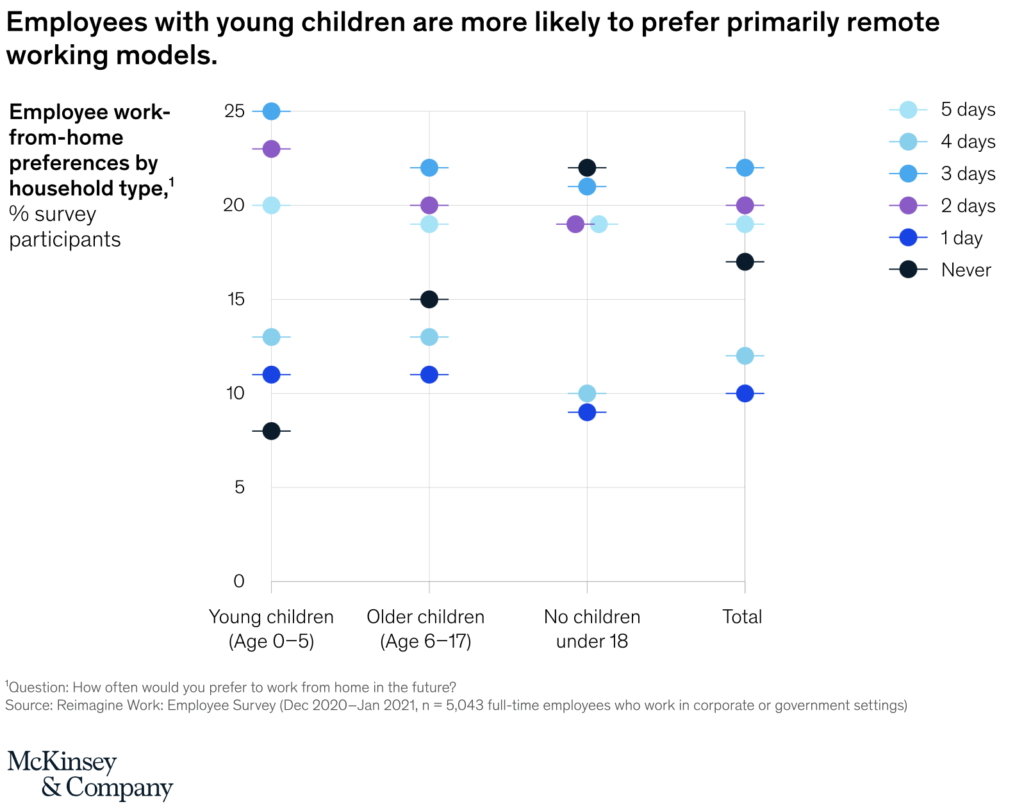
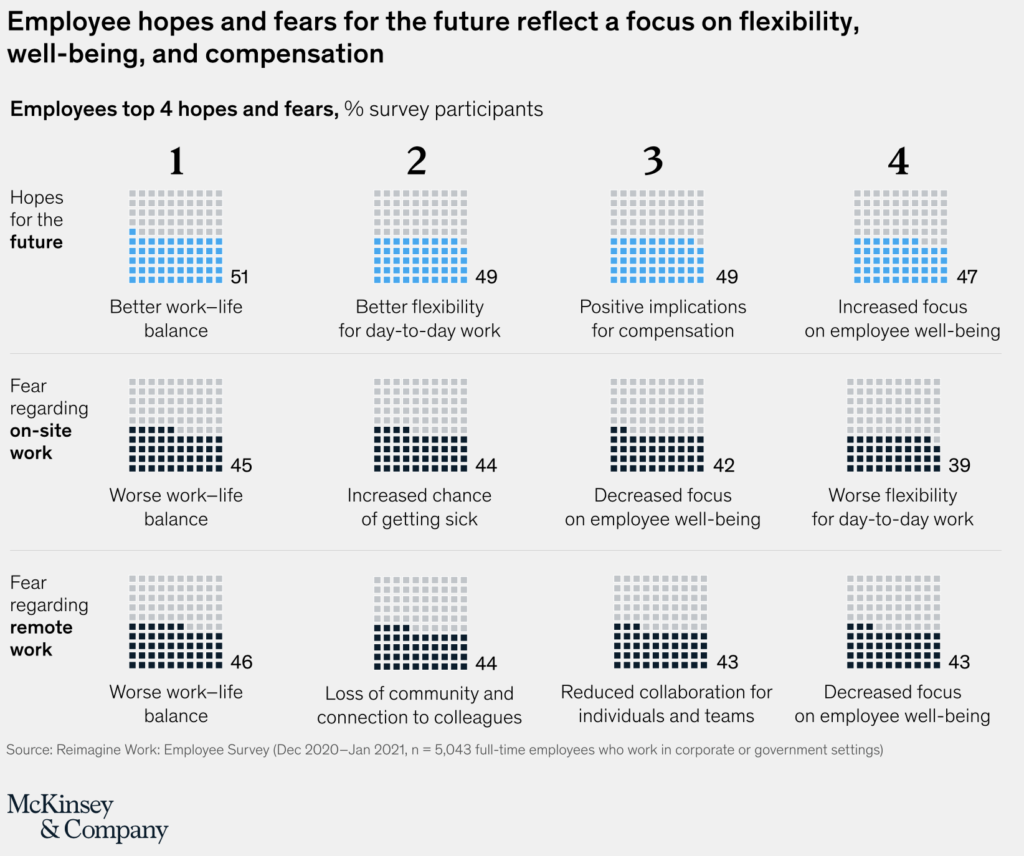
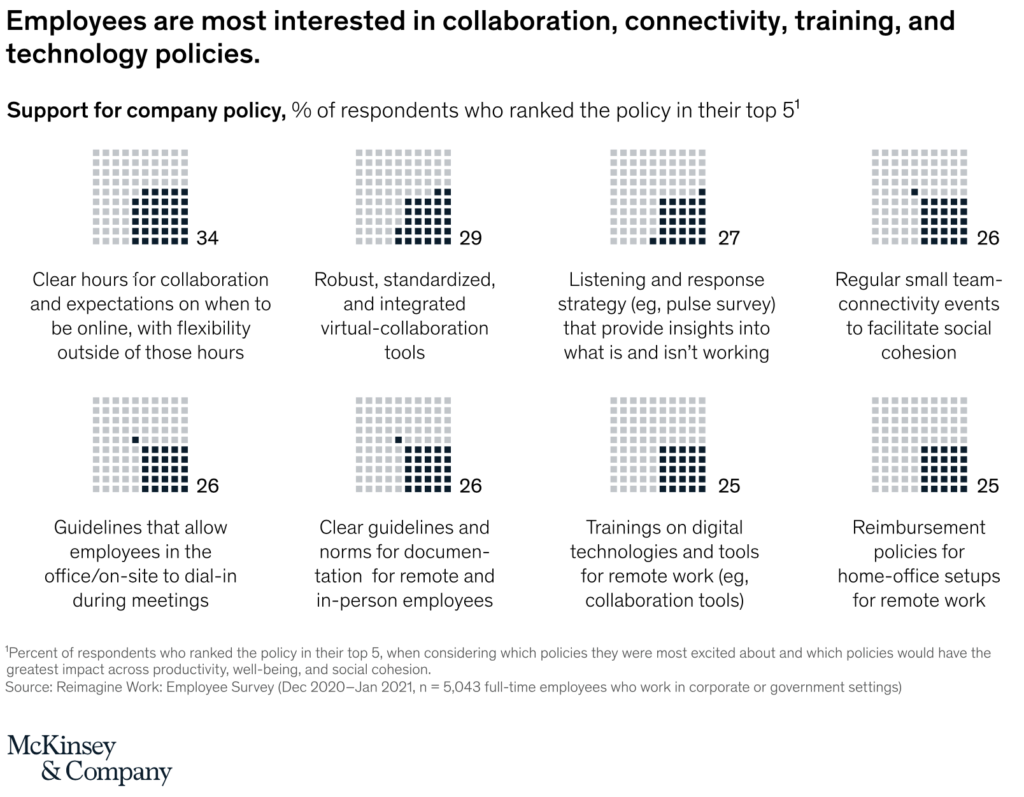
We wish you the best while making determinations on how you’ll move forward in a post-pandemic marketplace.

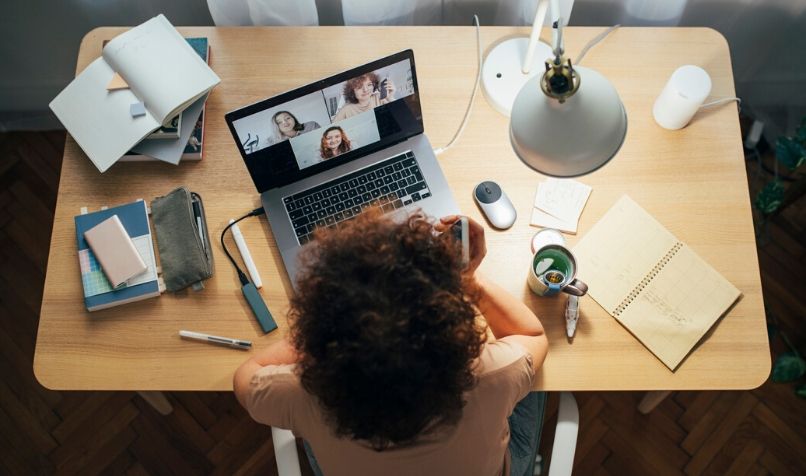
Recent Comments